
Image Processing with Keras in Python 
Keras is a powerful library for image processing in Python. This tutorial introduces students to convolutions and how to use them on image data. It also covers how to incorporate convolutions into Keras neural networks, build deep networks by stacking multiple convolutional layers, and track and control the number of parameters as the network grows. Finally, it focuses on our ability to track how well a network is performing and investigate methods for improving convolutional neural networks. ▼
ADVERTISEMENT
Course Feature
![]() Cost:
Cost:
Free Trial
![]() Provider:
Provider:
Datacamp
![]() Certificate:
Certificate:
No Information
![]() Language:
Language:
English
Course Overview
❗The content presented here is sourced directly from Datacamp platform. For comprehensive course details, including enrollment information, simply click on the 'Go to class' link on our website.
Updated in [June 30th, 2023]
This course provides an introduction to image processing with Keras in Python. Students will learn how to use convolutions to recognise objects in images, and how to incorporate them into Keras neural networks. They will also learn how to build a deep network by stacking multiple convolutional layers, and how to keep track of and control the number of parameters as the network grows. Finally, students will focus on their ability to track how well a network is performing and investigate methods for improving convolutional neural networks.
[Applications]
Students who have completed this course can apply their knowledge to a variety of image processing tasks. They can use convolutions to detect objects in images, build deep networks to classify images, and use techniques to improve the accuracy of their models. Additionally, they can use the techniques learned to track the performance of their models and adjust parameters to improve accuracy.
[Career Path]
One job position path that is recommended for learners of this course is that of an Image Processing Engineer. Image Processing Engineers are responsible for developing and implementing algorithms to process digital images. They use a variety of techniques, such as convolutional neural networks, to extract meaningful information from images. They also develop software to automate the process of image processing.
The development trend for Image Processing Engineers is to focus on the use of deep learning algorithms to process images. Deep learning algorithms are becoming increasingly popular for image processing tasks, as they are able to extract more complex features from images than traditional methods. Image Processing Engineers must stay up to date with the latest developments in deep learning algorithms and be able to apply them to their work. Additionally, they must be able to develop software to automate the process of image processing.
[Education Path]
The recommended educational path for learners of this course is to pursue a degree in Computer Science with a specialization in Artificial Intelligence. This degree will provide learners with a comprehensive understanding of the fundamentals of computer science, including algorithms, data structures, and programming languages. Additionally, learners will gain an in-depth knowledge of artificial intelligence, including machine learning, deep learning, and natural language processing.
The development trend of this degree is to focus on the application of artificial intelligence in various fields, such as healthcare, finance, and robotics. Learners will be able to apply their knowledge to develop intelligent systems that can solve real-world problems. Additionally, learners will be able to develop their own algorithms and models to improve the performance of existing systems. Finally, learners will be able to use their knowledge to develop new applications and technologies that can benefit society.
Course Syllabus
Image Processing With Neural Networks
Using Convolutions
Going Deeper
Understanding and Improving Deep Convolutional Networks
Course Provider

Provider Datacamp's Stats at AZClass
Discussion and Reviews
0.0 (Based on 0 reviews)
Explore Similar Online Courses

Planned Giving

SQL for Exploratory Data Analysis Essential Training
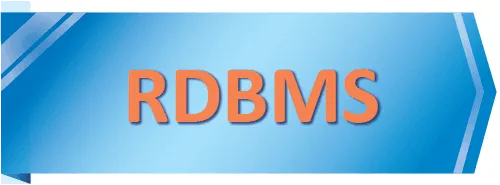
RDBMS PostgreSQL
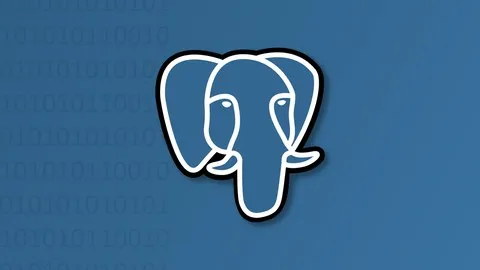
Intro To PostgreSQL Databases With PgAdmin For Beginners

PostgreSQL: Client Applications

Mastering SQL using Postgresql

Database Design and Basic SQL in PostgreSQL
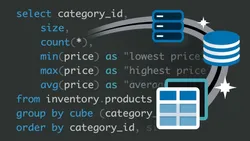
PostgreSQL: Advanced Queries

Spatial SQL with Postgres : A language for geographers

Learn SQL Using PostgreSQL: From Zero to Hero
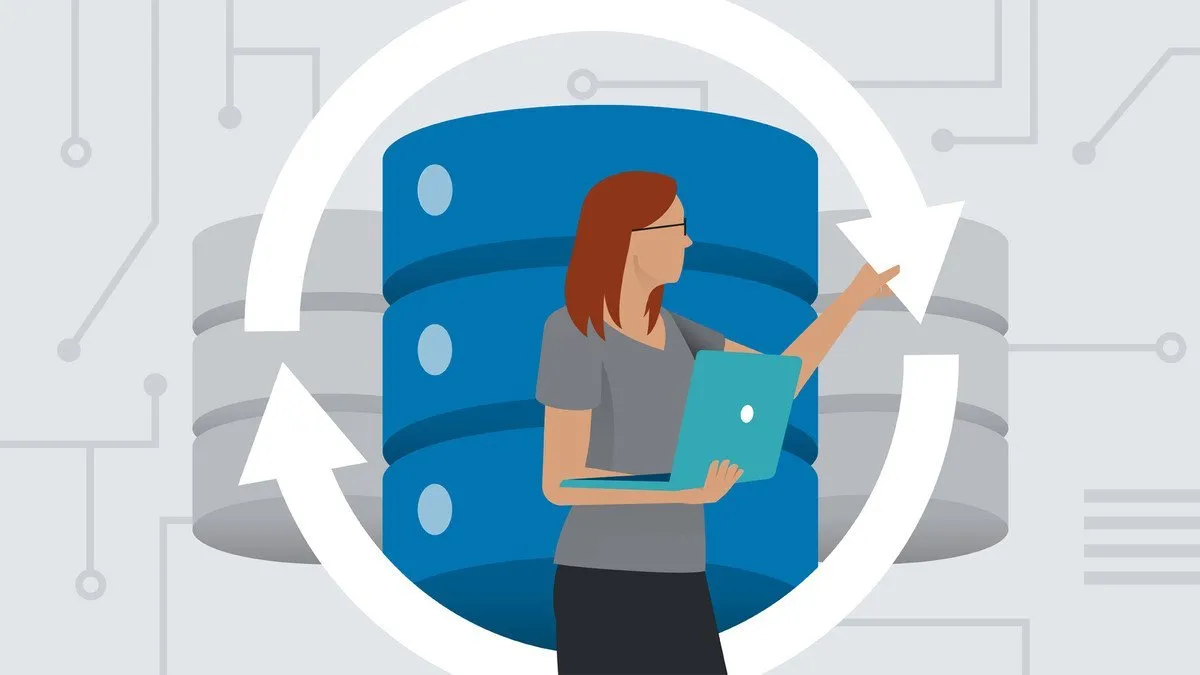
PostgreSQL Essential Training
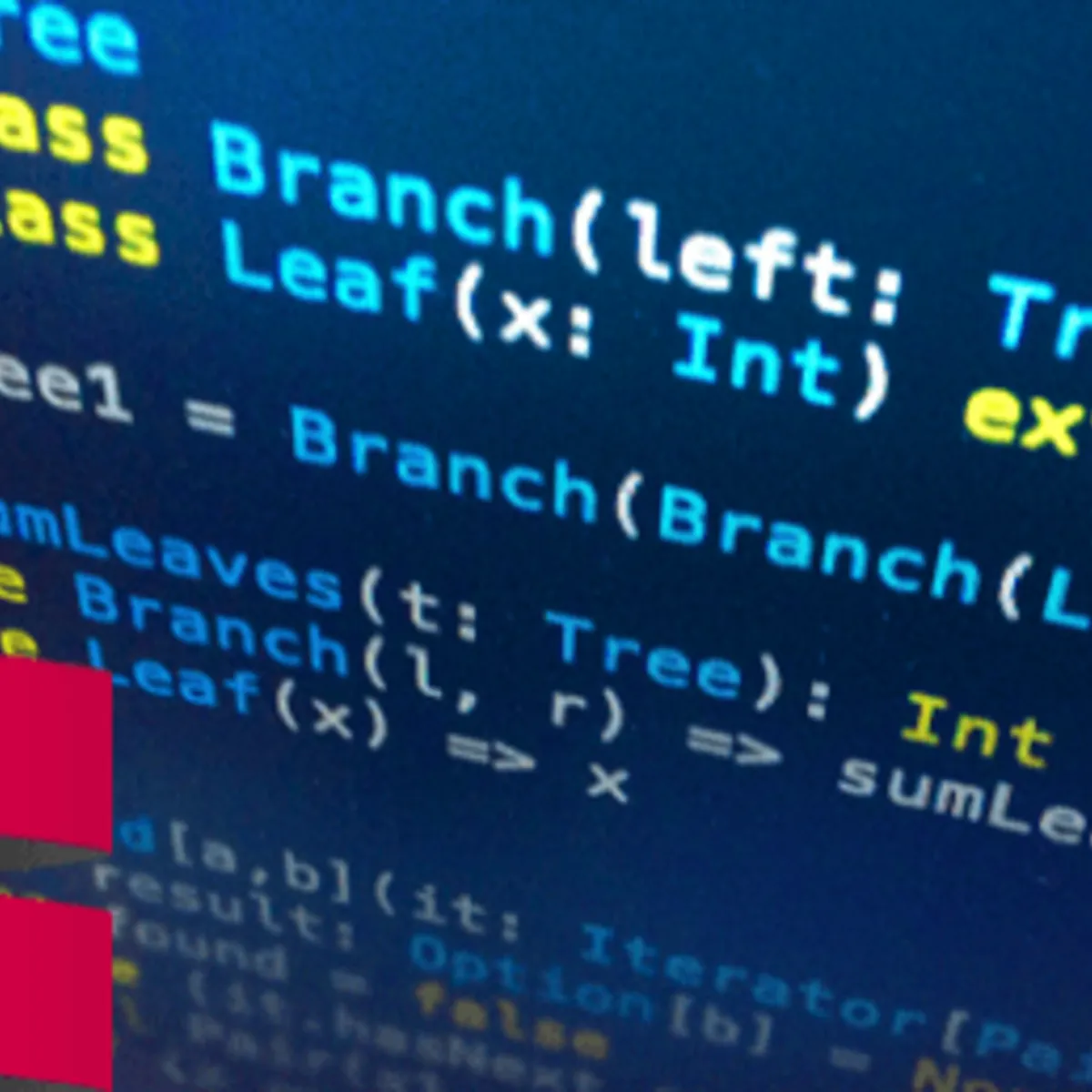

Start your review of Image Processing with Keras in Python